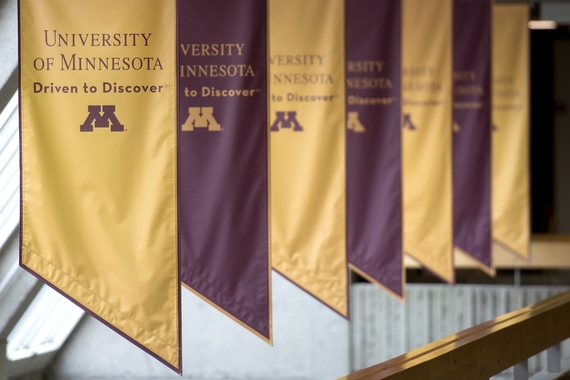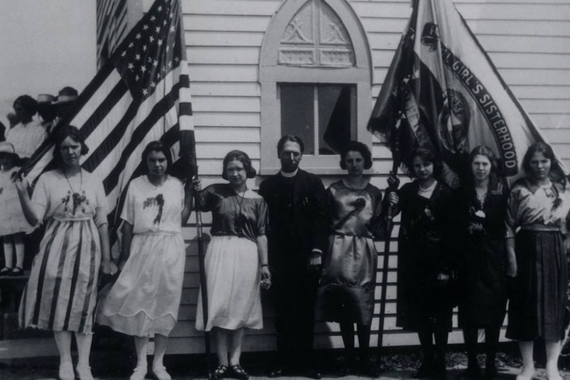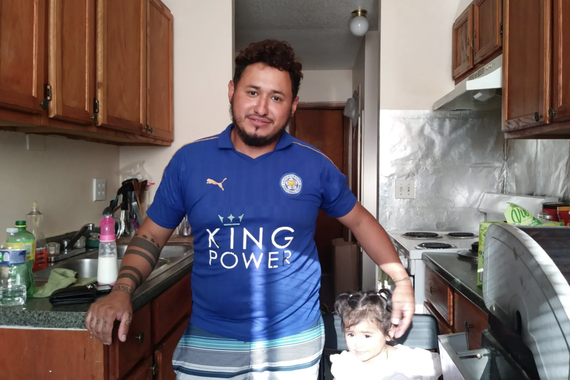Meet Said Salah Ahmed
Said Salah Ahmed is an esteemed educator among Somali-Americans and a teaching specialist at the University of Minnesota. While he will not join us at the Afromigrancy event on April 18, it’s worthwhile I that we visit his important role in documenting the stories and experiences of the Somali-American community.
For that reason, the Immigration History Research Center (IHRC) interviewed Ahmed about his efforts in documenting the stories and experiences of Somali immigrants and refugees in the United States. Here’s our conversation:
IHRC: Writing one’s own short bio can be an exercise in record-creation. Please describe yourself in a way that you want the general public to know who you are and what you do.
Ahmed: I am a lifetime educator, presently teaching in the Department of African American & African Studies at the University of Minnesota, Twin Cities. I teach Somali language courses at all levels.
I am also a playwright, a poet, and a filmmaker. I am the author of numerous plays and children’s books written in Somali and English. I collaborated with Minnesota Humanities Center in publishing four bilingual children’s picture books where I retold two of the books (translated Egal Shidad’s travel and retold The Lion’s Share (2006). This book was put as a full-length children’s play “Lions’ Tales,” staged on Stepping Stone Theatre in Saint Paul, Minnesota. It ran for a month.
Prior to my life in Minnesota, I wrote and directed a feature film in Somali/English called The Somali Dervish (1985). Presented in epic form, it charts the historic Dervish movement led by Sayid Mohamed Abdalla Hassan. My most recent collaboration is Ubadkaa Mudnaanta Leh (Somali for “Children Have Priority”), the bilingual children’s album produced with London-based Somali artist Aar Maanta and youth from the Cedar Riverside neighborhood. I am one of the main contributors that wrote some of the lyrics.
I was trained as a science teacher and later became an administrator, serving as a school principal and later Director of “extra-curricular Education Department” in Somalia before being forced out by the civil war. I studied from primary school to college level in Somalia. In Minnesota, I studied in two graduate degree Programs: Life Science from St. Thomas University and Linguistics from Hamline University. I was a middle school science teacher at Sandford for 15 years.
IHRC: L.P. Hartley, a British novelist, once said, “The past is a foreign country.” Do you agree with this pronouncement? When looking back to account for details of what happened during your or family’s journeys to this country, does your or family history of migration appear foreign to you?
Ahmed: No. I don’t agree with this. The past is very much my home. I still feel the glory of my past in Somalia.
IHRC: What specific conditions or circumstances in the present cause you to recall memories of your homeland in unexpected ways?
Ahmed: In my reactions to experiences of discomfort in Minnesota or in America, I recall my homeland. Some of these experiences are quite mundane — something like bitter cold climate in Minnesota transports me back. Everyday experiences with racism also cause memories of home to flood back. When somebody doubts my ability to understand all the depth and fullness of language because they assume I don’t know how to speak English, I go back home. When somebody shows fear toward me, I go back home. In other words, I remember myself in contrast. Back home, not only in Somalia but in many cities and towns in the Horn of Africa, I had a community who recognized me as a poet, an educator, and a public intellectual. People have read my work. They were my students and neighbors. They could even recognize my voice from hearing me on radio. I was at home in every possible way. Not belonging in America brings back memories of my home. My remembering happens in contrast like that.
IHRC: If you could take one book — or one enterprise story — with you to 2076, the year of the United States Tricentennial, the dawn of the fourth century of the founding of the United States, what would be your choice? The book, of course, does not have to be written in English.
Ahmed: Am I allowed to pick one book produced by a non-human, another by a human? If I am allowed to do so, I will take with me the Quran. It is an awesome disclosure of God — revealed from Allah to Prophet Muhammad. It is the Holy Book of Islam. Second, I would take “Introduction to Ibn Khaldoun,” written in Arabic. This is an internationally circulated book — translated in so many languages, published centuries ago. I would characterize this book as “a study in ideal education,” the science of urbanism. He is the founder of the science of human society, history of science, and literature, chronicling the movement of the history of universal thought from the rise of Islam to the 8th century. His work represents the earliest attempt by a historian to discover the changing patterns of mankind’s political and social organization.
IHRC: Let’s say you have been given an opportunity to contribute to a time capsule project to offer future historians raw materials from the past (also known as primary sources) so that they can engage in the craft of historical research and writing about Afromigrancy. The container of artifacts and records will remain sealed and stored safely for 100 years (until 2119) in the basement of Elmer Andersen Library under the stewardship of the Immigration History Research Center Archives. Choose five items you would donate from your personal, family, and community collections to this project.
Ahmed: Camel Bell -- It is a symbol of human art, communication, and a collective effort. I resided in Kenya for five years as an asylum seeker. I was displaced from Somalia because of the civil war. I had in my possession a good number of camel bells. Whenever I had an opportunity to meet celebrities that came to visit the UNHCR camp, I would give them away. Because of my status in the community, I had a chance to meet them. I gave one to Sophia Loren, another to Iman. Then to Lady Landmark of the British Royal Red Cross Society. I gave away eleven more. The bell is tied to the neck of a camel. It aided the work of a herder. There were high-pitched bells called “Alleen” that were attached to the fastest ones that roamed far out from a herder. The lowest pitched bells, the largest in size, known as “Boodaan” were given to the oldest and the slowest that were at the end of the herd. The mid-pitched bells were given to those that drifted laterally; they were the ones that were often caught by the prays. They were “GPSs” for locating animals. The Civil War in Somalia, however, killed the herders and camels were looted. We lost all except the camel bells, art made by Somali, our means of communication. The camel bells took refuge with me, the poet; now I am holding the camel bell in the diaspora, like the herder of the past, to enact its original function. The Somalis are dispersed all over the world. I ring the bell to bring them back. That’s why I gave my bells to celebrities when I was in a camp and elsewhere, to help me ring the bell to bring the lost camels,Somalis, back together. They call me “Koorle” (meaning: One who has the bell)
- Copies of five to seven texts that are written, visual, and audio that I produced on my own and through collaborations in the last twenty-four years as a Somali-American in Minnesota.
- Hangool - This is a historical stick that allows me to communicate the history of the Somali language and its relations to the Coptic Language of ancient Egyptians as manifested by the heliographic Script translations.
- “IOM” Plastic Bag
- A picture of myself taken in 2005 in Minnesota when I accepted the Virginia Mcknight Binger Award in Human services.


